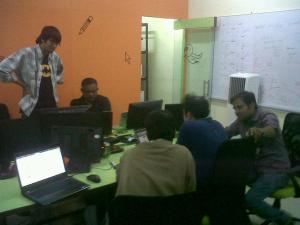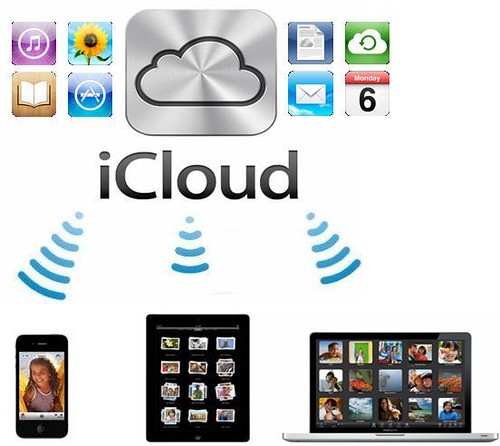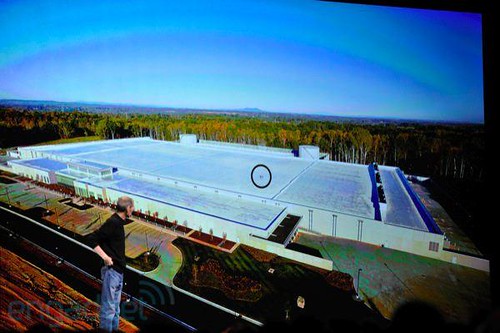(Mahendra Palsule is one of Pune’s most well-known people in the technology news / social web space in the world today due to his role as Editor at TechMeme, which is one of the most influential technology news websites. BlogAdda has a great interview of Mahendra where they cover his blogging, his work, personal life and other things. We have excerpted here, with permission, portions of that interview that are related to his work, for the benefit of PuneTech readers.)
Q: 19 years in IT industry and counting. You have been a witness to the fall and the rise of the industry. What have been your prominent observations in this period? Based on these observations and your experience, what changes do you predict in the next 10 years?
A: In the early days of my career, the entire IT industry in India was purely services-based. I always lamented the lack of product-based companies in India. Seeing the proliferation and rise of many Indian product-based companies and startups, is the most fulfilling observation in all these years.
Predictions for the future are always a dangerous game with many unknowns, but here are some I’d dare to make:
The Indian startup ecosystem will mature significantly in the coming years, making life a bit easier for entrepreneurs who undergo a difficult struggle today.
Indian IT outsourcing companies will face significant challenges and opportunities in several areas – getting qualified labor in India, diversifying geographically outside India, capitalizing on the growth of SaaS, etc.
In terms of overall online space, we are already witnessing a shift to a personalized experience. This will only get bolstered further in the coming years, with relevance filtering, giving you an optimal experience in everything you do online.
User behavior online will increasingly tend to share more publicly, leading to continued discussions and concerns about privacy.
User behavior online will increasingly tend to share more publicly, leading to continued discussions and concerns about privacy.
Q: Being a first ranker in college for all the years, is a fulfilling achievement. Can you share some very special moments from your college days that still bring a smile on your face when you think of it?
A: I was once asked by our Electronics professor to take a guest lecture on Multivibrators, in the middle of the year. When I started the lecture, I realized that my class wasn’t following me, because they had not understood what had been taught in the earlier months. So I reverted back, asked them if they knew how a transistor worked. By this time, our class got bold enough to be frank and replied in the negative.
So, I eventually ended up starting with basics of how diodes worked, followed by transistors, and then covering multivibrators over a span of 3 lectures. After I was done, my fellow-students suggested that we get rid of our Electronics professor and just use me instead.
Q: ‘Mahendra embodies the ideal Program Manager I would like to be working with’ & ‘He is one of the best Project Manager I’ve worked with’ is what some of your ex-colleagues say about you. You are now an editor at Techmeme. How and Why did this shift happen? Was it because of your keenness to explore new frontiers and realization that communicating well is your forte or was it something else? How did your friends and family react to this move?
A: The Project/Program Manager role in large Indian IT companies is a stressful balancing act dealing with challenges on three fronts – your bosses, your client, and your team. After 18 years of working in this role on several US & European projects, I realized I wanted a change.
I have always been an avid researcher, with a huge appetite for scanning a multitude of information sources and filtering the best from them. My present job goes hand-in-glove with this innate skill, and makes me think I was born to do this kind of work.
I have a hard time explaining what I do to my friends and family. Initially, they were skeptical, but over time, they’ve slowly realized the fulfilling nature of my work and accepted it. The fact that I work from home is an added benefit.
Q: Your current role at Techmeme is ‘Editor working as a human filter for automated algorithm’. Do you think an automated algorithm, no matter how intelligent it could develop into, can replace the intelligence and editor skills of a human? Also, is it better to ‘crowdsource’ and let users decide the relevancy and usefulness of a story, rather than an editor or team of editors doing it?
For a news aggregator, automated algorithms have limitations that can’t be overcomed.
A: For a news aggregator, automated algorithms have limitations that can’t be overcomed. Gabe Rivera, founder of Techmeme said it in 2008 when Techmeme hired its first editor.
Whether one decides to crowdsource or use an internal editorial team depends on one’s target audience – both models have been used online to varying degrees of success.
Q: ‘Relevance is the only solution to the problem of information overload’, according to you. Relevance is subjective. Do you feel the relevance could be influenced with popularity and things that might not have been relevant to someone would appear like one, just because it was shared by his/her friends or popular personalities? This seems like a constant challenge and it’ll be great to hear your views on how do you think this issue can be addressed and your suggestions for an individual to handle the information overload he faces everyday. You can even suggest tools if you like.
You will find both popularity-based and personalization-based relevance models to continue to coexist in the future.
A: Yes. As I described in the article, relevance is very dynamic and difficult to pin down. There are times when what is most popular is most relevant, and there are other times when a personalized approach is more relevant. This is why you will find both popularity-based and personalization-based relevance models to continue to coexist in the future.
My tips for handling information overload are listed on Quora:
Q: In one of your recent post, you opine that Facebook and Quora should be worried about Google+ but have not mentioned about Twitter, where asking questions, sharing links and speed seems to be the key. According to you, will Twitter not get affected by this? What kind of innovations do you want to see happening on Twitter, to counter any threats from other networks?
Twitter’s 140 character limit will remain its USP against Facebook and Google+
A: Twitter’s 140 character limit will remain its USP against Facebook and Google+. This limit makes it more suitable for sharing links & hence its suitability as a news-discovery network. Twitter needs a better on boarding process for new users and a flourishing developer ecosystem – both of which are weak areas today.
_(Please read the full interview at BlogAdda for more. Also check out the recent PuneTech article about Google+ which features the views of Mahendra on why Quora and Twitter should be afraid of Google+.)










